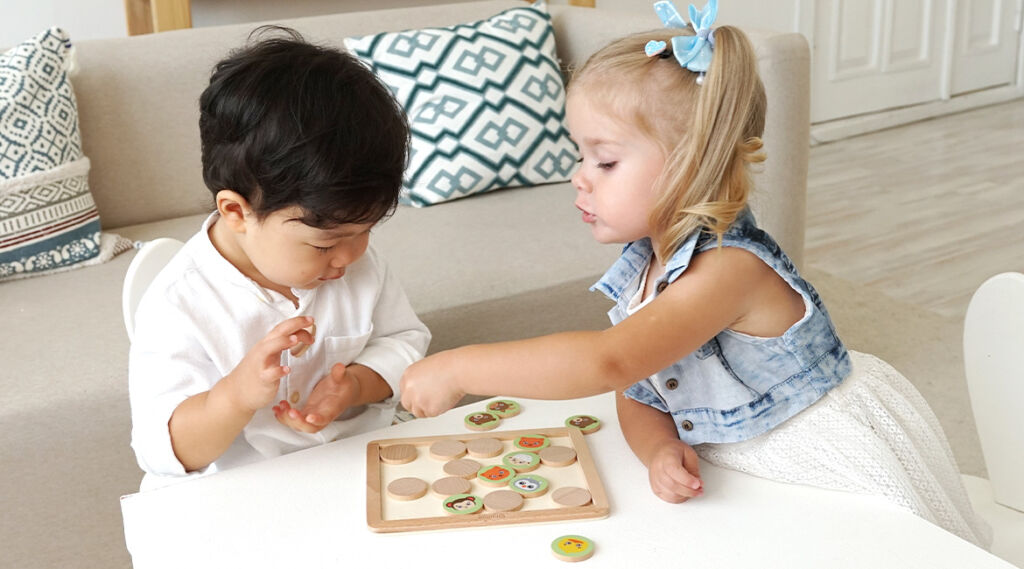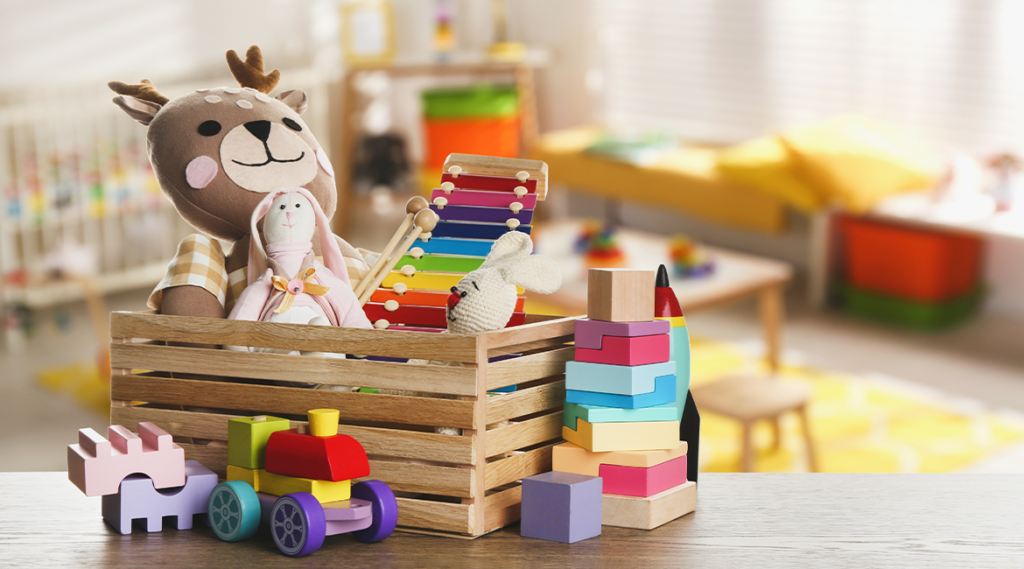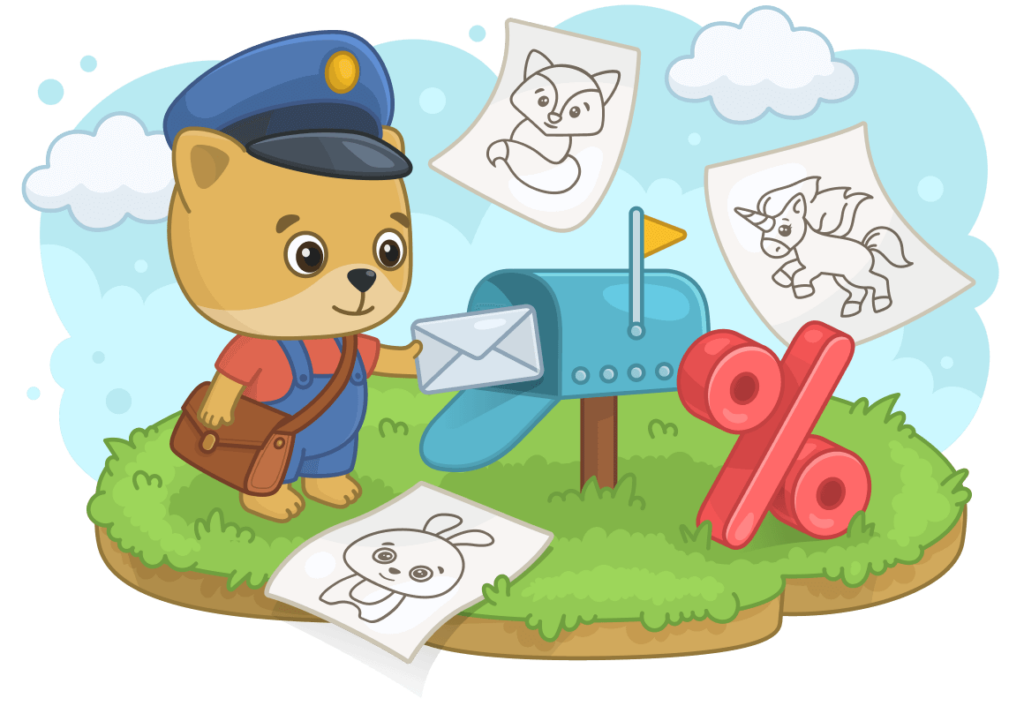Introduction:
Play therapy, a powerful therapeutic approach for children, taps into the language of play to help them navigate emotional, behavioral, and psychological difficulties. Central to this method are play therapy toys, which serve as invaluable tools in facilitating the healing and growth of children. This article delves into the profound impact of these toys, elucidating how they contribute to the therapeutic process and aid children in need.
Understanding Therapy Toys for Play:
Therapeutic playthings encompass a diverse array of objects thoughtfully chosen to promote exploration, self-expression, and emotional release. These toys go beyond mere sources of amusement; they serve as bridges that connect children with their inner worlds, providing a safe space for communication and self-discovery.
The Therapeutic Value of Play Therapy Toys:
- Facilitating Communication: Verbalizing emotions can be challenging for many children. Play therapy toys offer an alternative avenue for communication, enabling children to express themselves through play. Examples like dollhouses, puppets, and figurines allow children to enact scenarios, offering valuable insights into their thoughts, emotions, and relationships.
- Emotional Regulation: Play therapy toys aid children in developing emotional regulation skills. Engaging in symbolic play or using sensory toys like stress balls or fidget spinners assists children in identifying and managing their feelings in a controlled environment. These toys provide a tangible outlet for emotional release, fostering a sense of calm and equilibrium.
- Resolving Trauma: Children who have experienced trauma often struggle with processing their traumatic experiences. Play therapy toys offer a safe platform for symbolic recreation and exploration of traumatic events, granting children a sense of control and mastery over their experiences. Toys such as sand trays, art supplies, or puppets facilitate the reenactment and reshaping of narratives, fostering healing and resilience.
Selecting Therapy Toys for Children:
- Age-Appropriate Options: Child play therapy toys are available in various forms, catering to the developmental needs of children across different age groups. Toys that stimulate imagination, such as building blocks, art materials, and board games, are suitable for younger children. Older children benefit from therapeutic card games, puzzles, or journaling materials that facilitate self-reflection and expression.
- Diversity and Inclusion: It is crucial to choose toys that represent diverse cultures, abilities, and backgrounds. Inclusive play therapy toys create an environment that is welcoming and non-discriminatory, allowing children to connect with characters and objects that mirror their own experiences, fostering a sense of belonging.
- Flexibility and Variety: Play therapy toys should offer a wide range of options to accommodate diverse therapeutic goals and preferences. Including a mix of structured games, open-ended toys, and art supplies ensures that therapists can tailor the play experience to meet each child’s unique needs and therapeutic objectives.
Conclusion:
Play therapy toys possess tremendous therapeutic potential, acting as catalysts for healing, growth, and self-discovery within the realm of play therapy. These thoughtfully chosen tools empower trained professionals to engage children in a safe and nurturing environment, facilitating emotional expression, exploration, and healing. Embracing the transformative capabilities of play therapy toys allows children to navigate life’s challenges, fostering resilience and unlocking their full potential.




